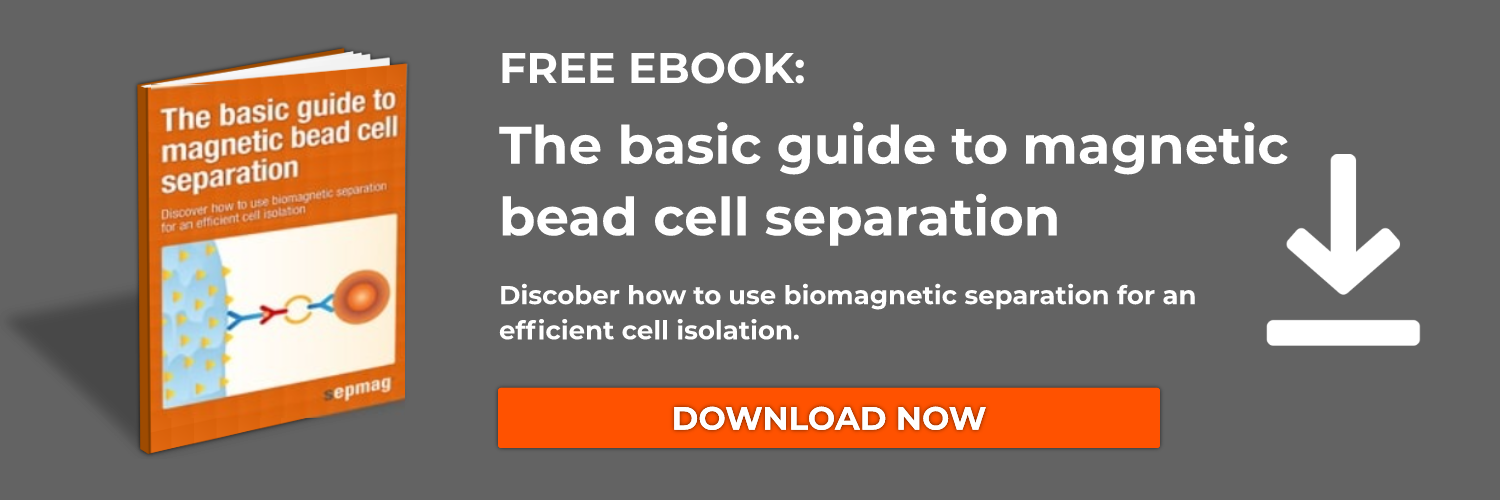As improved public health standards increase our average life expectancy, the occurrence of diseases associated with the aging process also becomes more prevalent. Thus, an understanding of the onset and progress of such afflictions becomes essential. A number of studies have revealed that changes in the brain associated with aging-related maladies such as stroke, Parkinson’s disease, sclerosis, and dementias can potentially be reversed through stem cell-based therapies. Obtaining consistent data regarding stem cell survival and distribution, however, has remained challenging. To address this issue, studies have employed superparamagnetic iron oxide nanoparticles (SPIONs) to label stem cells, enhancing in vivo imaging and facilitating stem cell tracking.
SPION-labeled stem cell therapy in vivo trials
A recent review of clinical and pre-clinical studies utilizing SPION-labeled stem cell therapy for aging-related brain diseases underscored the importance of nanobiotechnology in said therapeutics. SPIONs employed in these studies were typically dextran-coated and commercially obtained. Stem cell labeling was optimized with the use of a transfection agent, most commonly poly-L-lysine (PLL), followed by an incubation period ranging from 1 to 72 hours, with 24 hours being the standard.
Most of the studies utilized mesenchymal stem cells (MSC). Other sources included neural and hematopoietic stem cell lines. The most common cell origin was human, followed by mouse. Only two clinical trials fit the inclusion criteria for the review, suggesting the relative novelty of the approach. Trial subjects were mostly rodent.
All of the studies included followed a similar protocol, namely induction of the disease state, followed by introduction of labeled cells, subsequent behavioral testing, imaging, and sacrifice, generally at 11.3 weeks. Labeling of the stem cells with SPIONs enabled in vivo and relatively non-invasive imaging via MRI, using magnetic fields ranging from 1.5 T to 9.4 T.
SPION labeling is a powerful tool in stem cell therapy protocols
Magnetic resonance imaging unilaterally revealed the presence of SPION-labeled stem cells in the intended therapeutic target region. Growth factor release and structural reorganization of affected areas of the brain were observed in the majority of studies, highlighting the effectiveness of stem cell-based therapies for aging-related diseases. The internalized SPION label did not interfere with the viability or phenotype of the stem cells, nor did it affect their proliferation or metabolism.
The complexity of the central nervous system makes the study of brain maladies and their associated treatment a challenging prospect. Nanotechnology offers a unique and powerful tool to overcome these challenges. While still in the early stages, research indicates that nanobiotechnology is an effective means of facilitating in vivo monitoring of stem cells, yielding insights that can assist and guide the study of therapy protocols.
An in-depth review undertaken by L. T. Alvarim et al. examining SPION-labeled stem cell therapeutics for diseases related to brain aging can be found in the most current volume of “International Journal of Nanomedicine.”
Related news:



